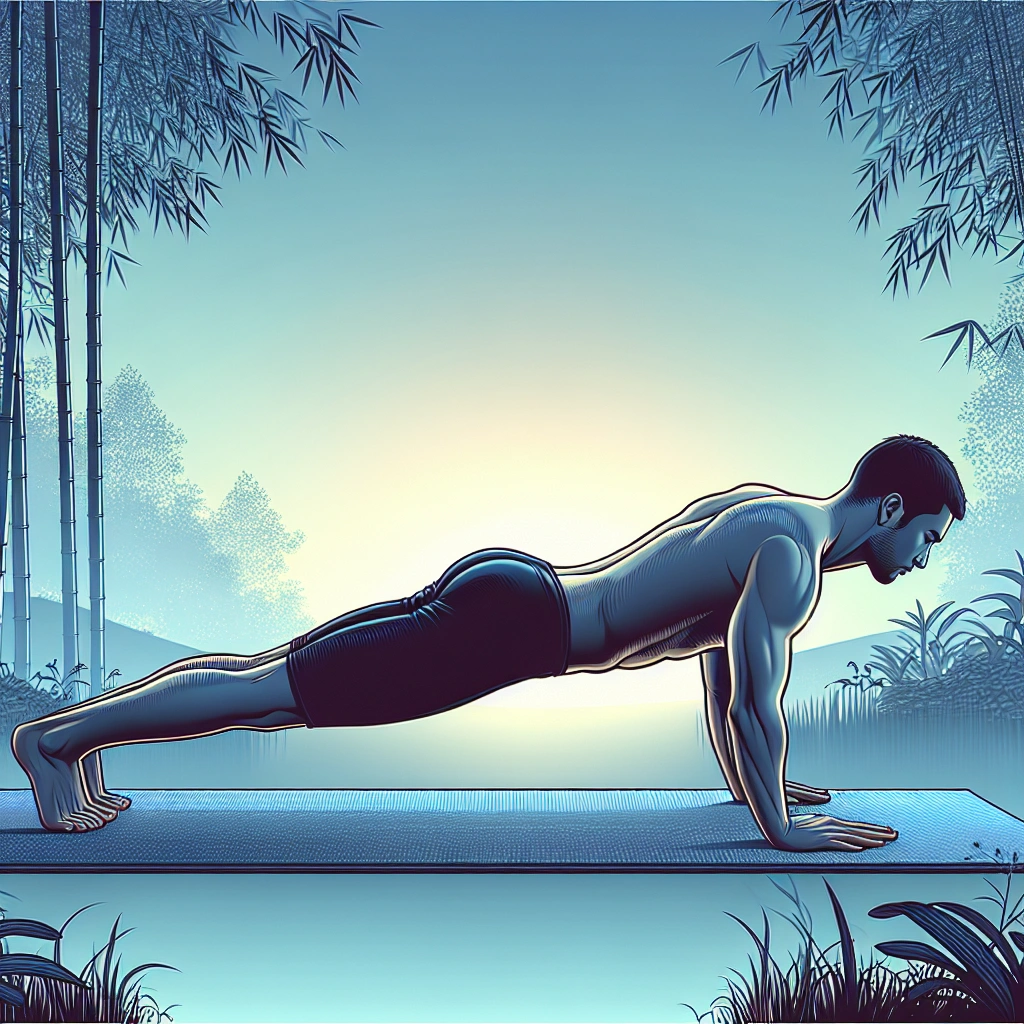As a seasoned fitness professional, I can’t stress enough how critical proper form is when performing a push-up. Push-ups are one of the most effective full-body exercises, engaging everything from your triceps, chest, shoulders, and serratus anterior to your core and legs.
However, poor form can lead to injury, particularly in the neck and lower back. Here’s a step-by-step guide to help you execute the perfect push-up.
1. Starting Position: Foundation for Success
Hand Placement:
Place your hands slightly wider than shoulder-width apart, with your fingers pointing forward or angled slightly inward if necessary. Spread your fingers evenly and press your palms firmly into the floor. Ensure your wrists are directly beneath your shoulders to maintain proper alignment.
Body Alignment:
Your body should form a straight line from head to heels—think of it as a plank. Avoid sagging hips, lifting your butt, or dropping your head.
Feet, Legs, and Core Activation:
Position your feet together or with a slight gap between them. Press your toes into the floor while reaching your heels back to establish a solid foundation. Activate your quadriceps by pulling up your kneecaps, and engage your core by drawing your navel in and upward (as if closing elevator doors on either side of your torso). This will protect your lower back and provide support for your spine.
Glutes & Posture:
Imagine your glutes subtly drawing inward, helping to stabilize your pelvis and prevent any sagging in the lower back. Maintain a neutral pelvis, as if it were a steady bowl of water—balanced and level, with no tilt forward or backward.
At the same time, imagine your spine lengthening, with your neck following its natural alignment—not looking upward nor tilting downward. This harmonious alignment eases tension in your neck and shoulders, promoting a posture that feels as strong as it is effortless.
2. Lowering Phase: Control & Form
Elbow Position:
As you lower your body, bend your elbows at a 45-degree angle from your torso—avoid flaring them out, as this can strain your shoulders.
Chest Descent:
Control the descent with your elbows, lowering your chest just above the floor without touching it or modify if needed. Maintain a straight body throughout the movement.
Breathing:
Let your body inhale naturally as you lower yourself. Focus on keeping your core engaged and your posture solid. Avoid letting your lower back sag, a common mistake that compromises form.

3. Push Back Up: Unleashing Explosive Strength
Push-Up on the Exhale:
Push upwards with purpose—exhale sharply, drawing your belly button inward and upward as if you’re activating the full power of your core.
Push your body away from the ground with controlled force, straightening your elbows as your triceps, chest, and shoulders ignite. At the end of the movement, the serratus anterior muscle protracts to strengthen and stabilize the scapula. Your core, legs, and glutes stay locked in, holding you steady like a tightly tuned engine. Each push is a surge of strength, propelling you effortlessly toward the finish. Feel the power flow from the ground up with every rep,
4. Key Tips for Optimal Push-Up Performance
– Head Position:
Keep your neck neutral. Avoid dropping your head down or tilting it upward. Your gaze should be slightly ahead to maintain proper alignment through the cervical spine.
– Full Range of Motion:
Lower yourself until your chest is slightly above the ground, and push back up until your arms are fully extended without locking the elbows.
– Consistency is Key:
Focus on controlled, steady movements. Quality is more critical than quantity in push-ups. Always prioritize form over speed or repetitions.
Common Mistakes to Avoid
– Sagging Lower Back:
This is a significant risk factor for lower back strain. To prevent it, keep your core and glutes engaged.
– Flaring Elbows:
Your elbows should be about a 45-degree angle to your body, not straight to the sides. This reduces stress on the shoulder joints and improves leverage.
Aim to achieve the fullest range of motion, adjusting as needed. Always prioritize maintaining proper form.
Avoid going too low if your triceps aren’t strong enough to push back up effectively.
– Progression & Variation
Once you’ve mastered the standard push-up, you can increase the challenge by:
– Adjusting Hand Placement:
Narrow or comprehensive hand placements target different muscle groups.
– Adding Resistance:
A weight vest or resistance bands can provide an additional load for muscle development.
– Incline or Decline Push-Ups:
Change the angle of your body to target different parts of the chest muscles.
-Conclusion
Push-ups are powerful exercises when done with proper form and controlled manner. By mastering these fundamental principles, you’ll avoid injury, build strength more efficiently, and elevate your fitness performance.
Focus on quality over quantity, and be patient—consistency and precision will pay off in the long run.
Let’s embrace this transformative journey to genuine happiness and well-being through fitness, meditation, mindfulness, and stress reduction. Visit us at nycfitliving.com to start your journey today.


